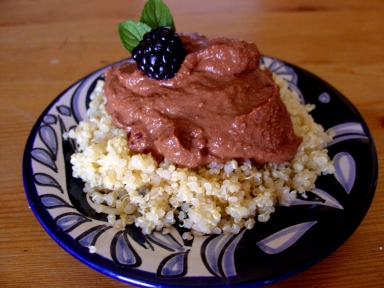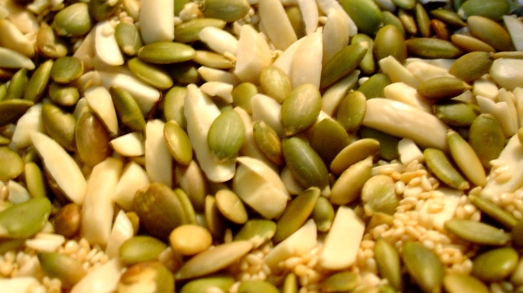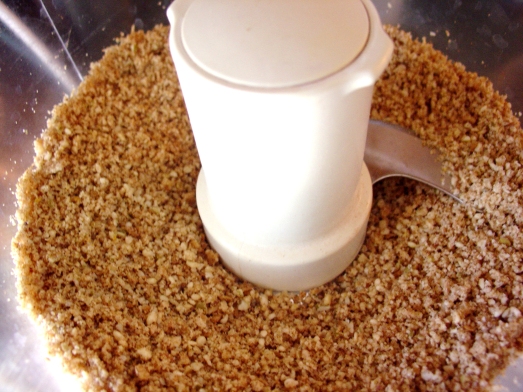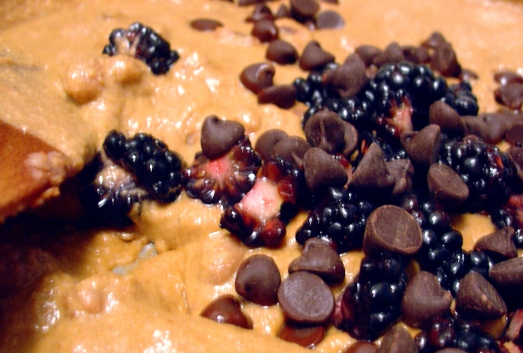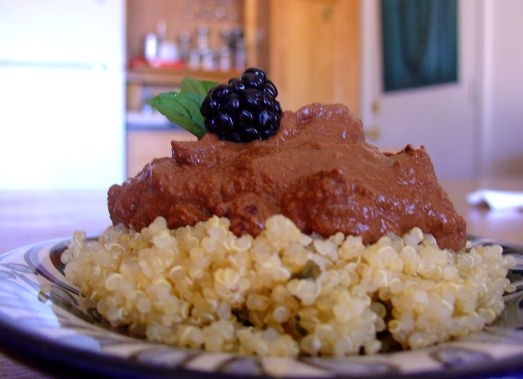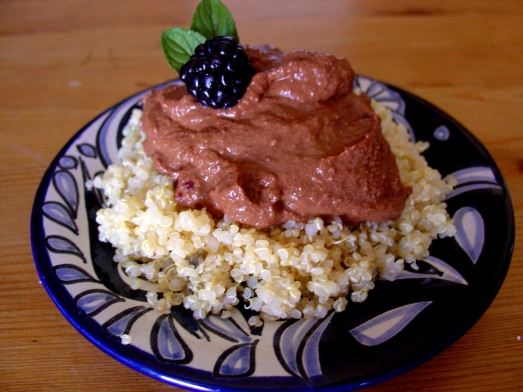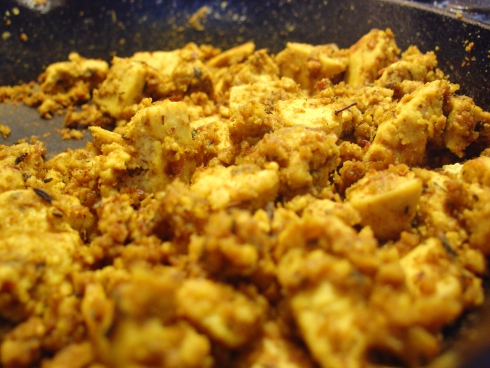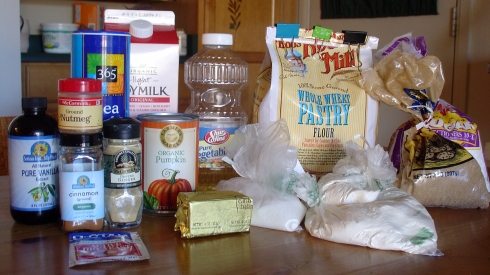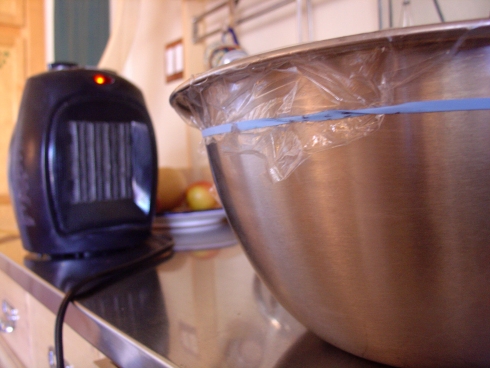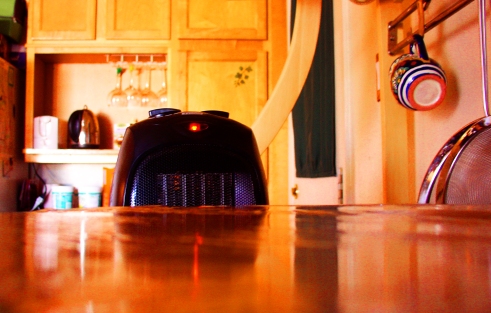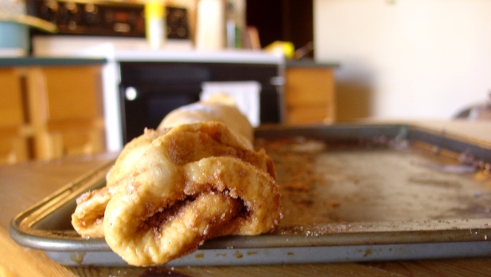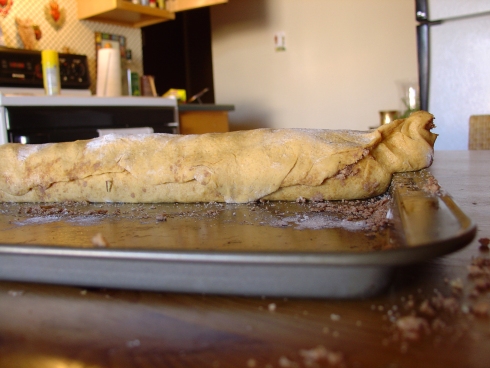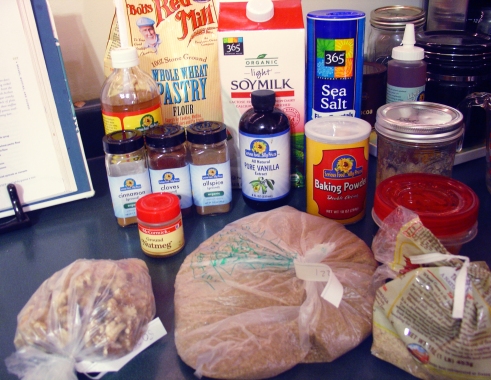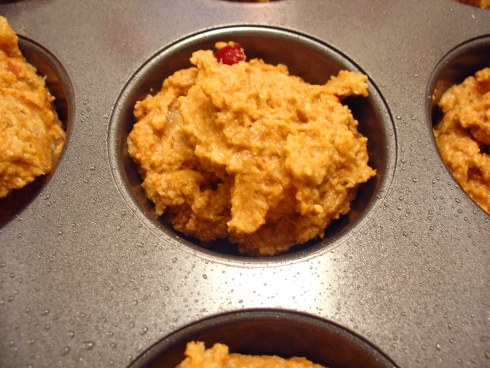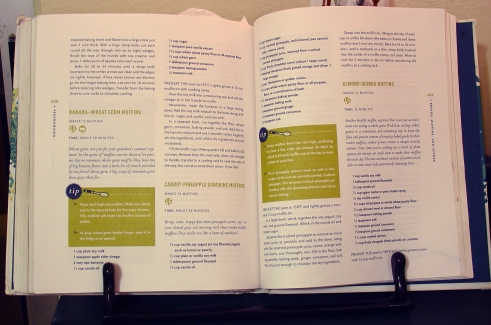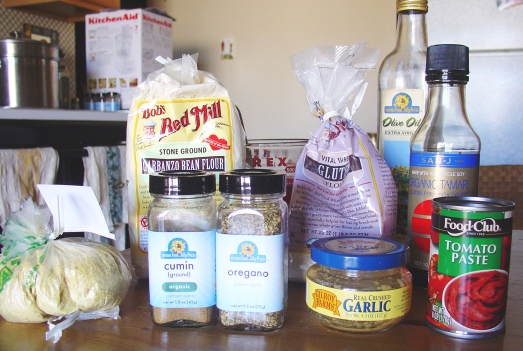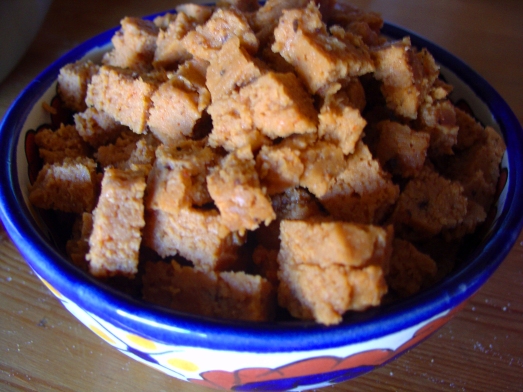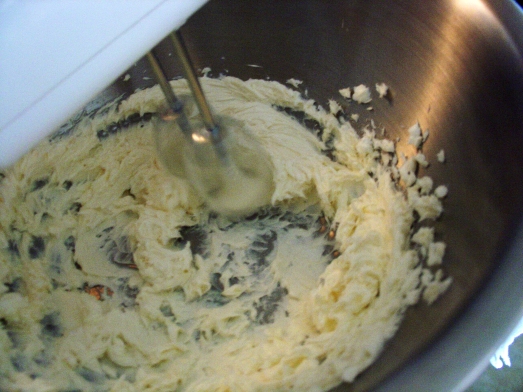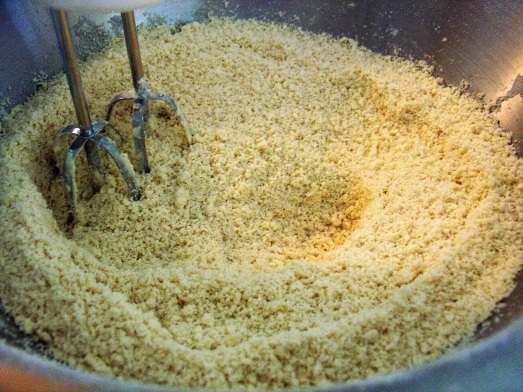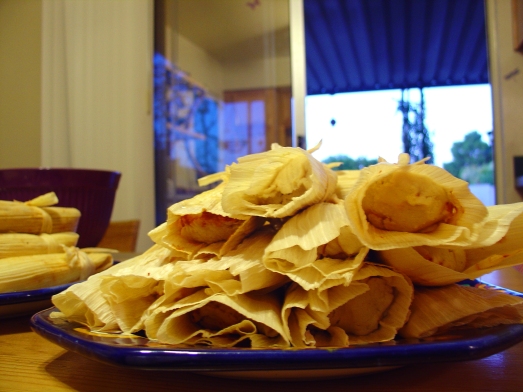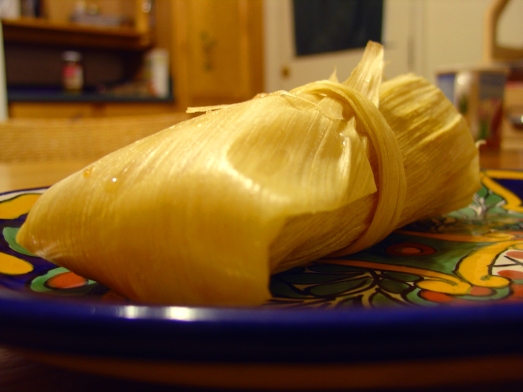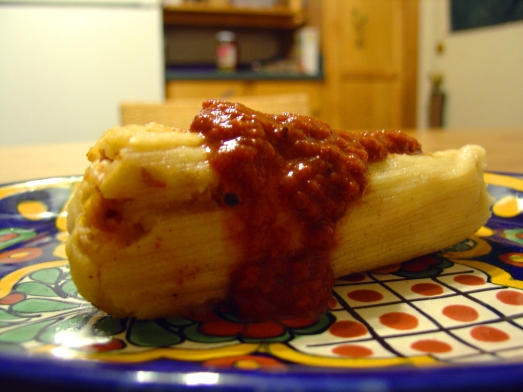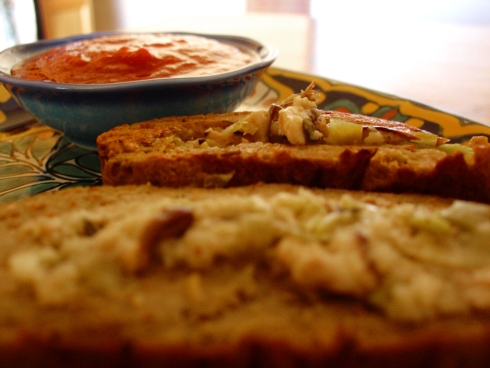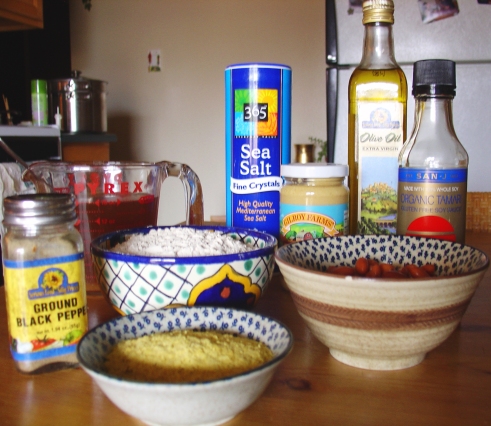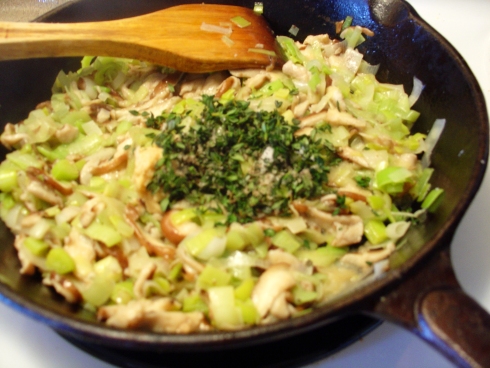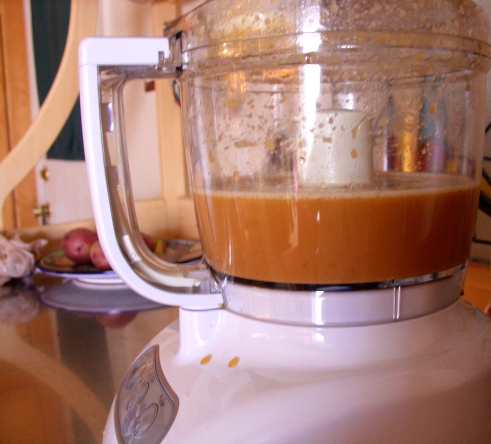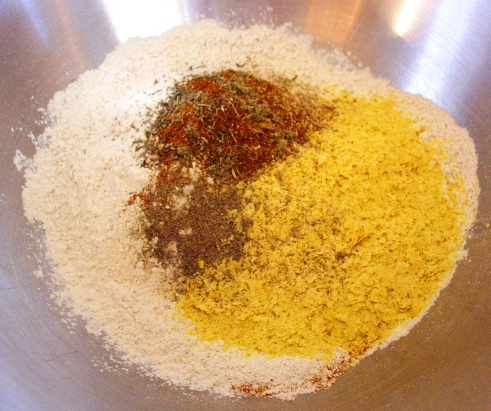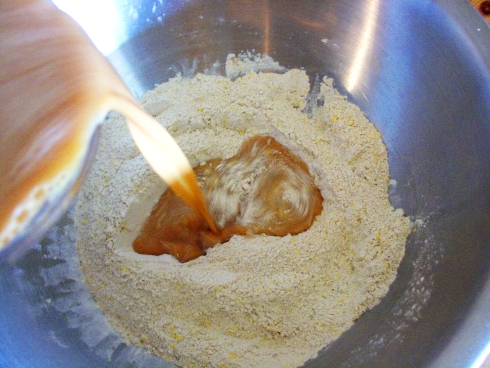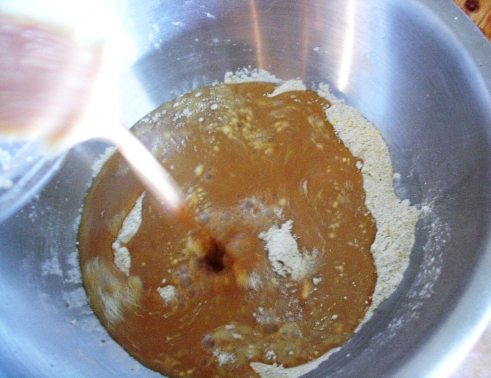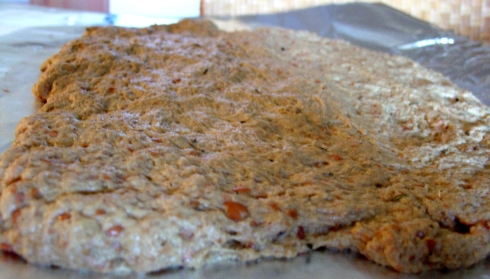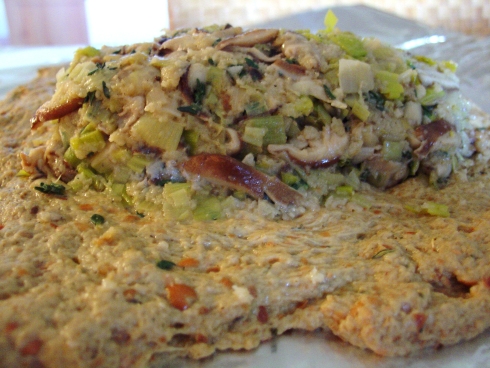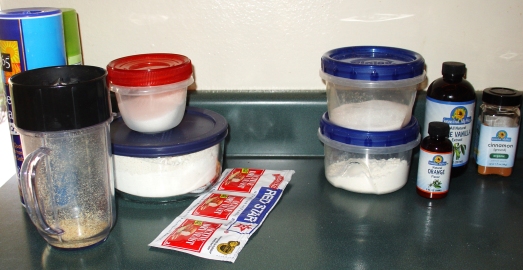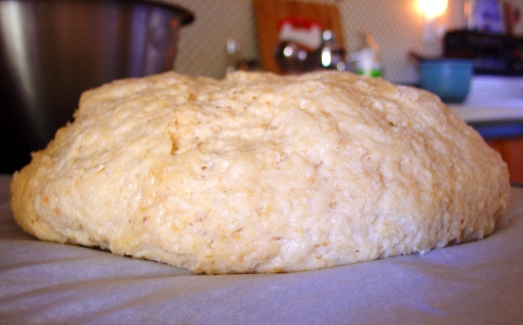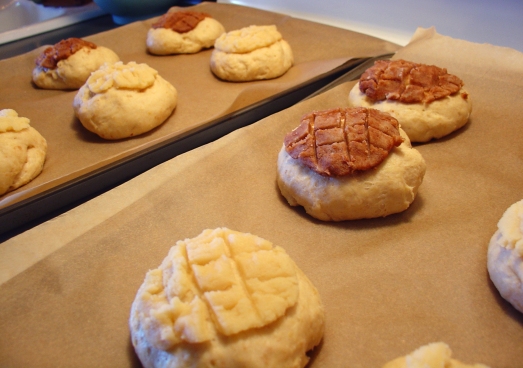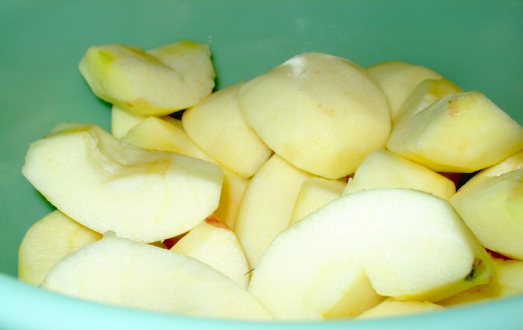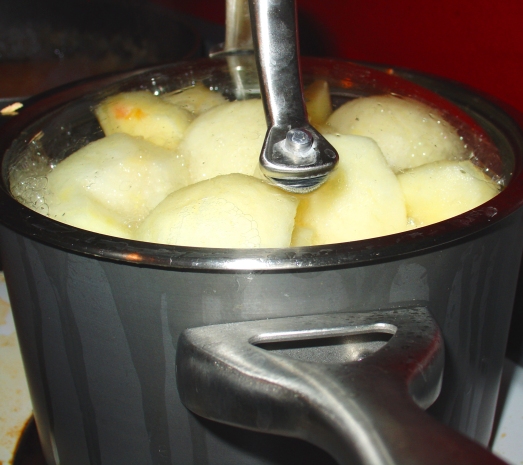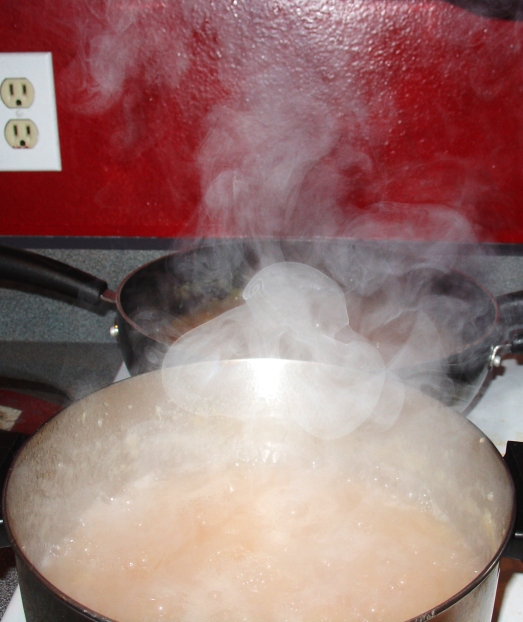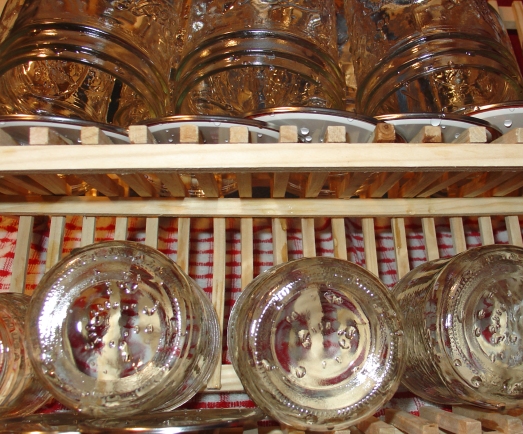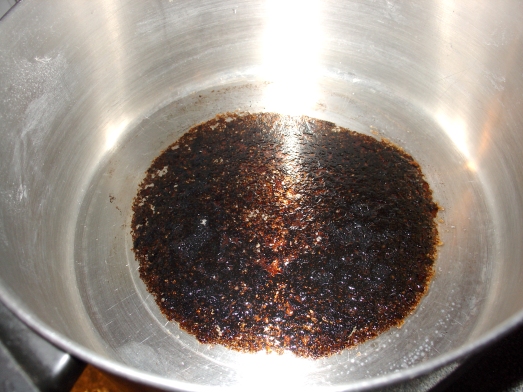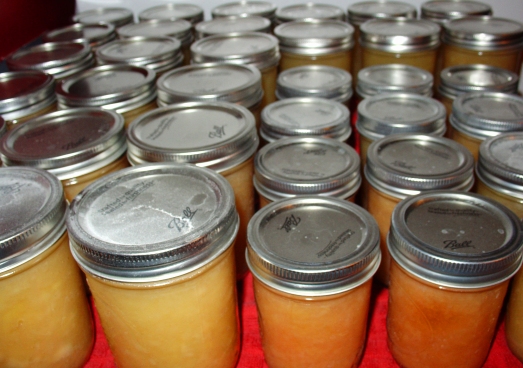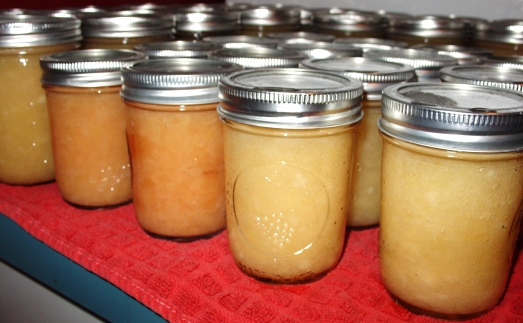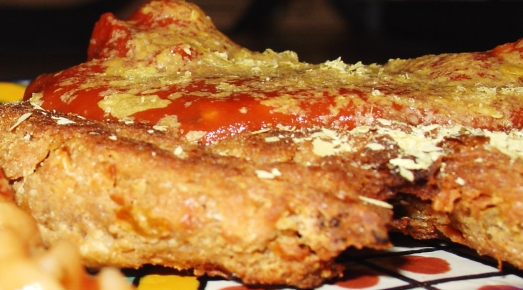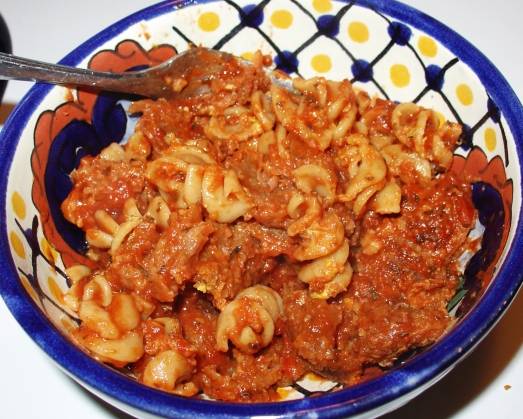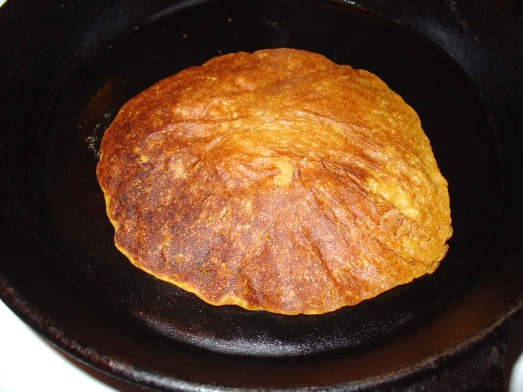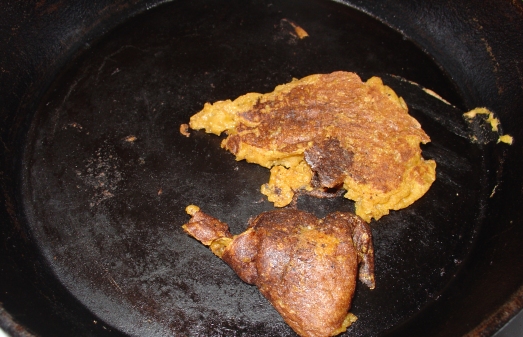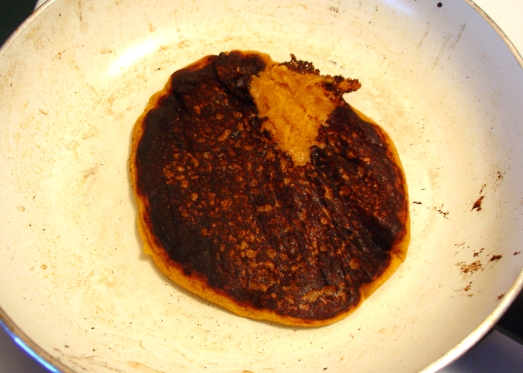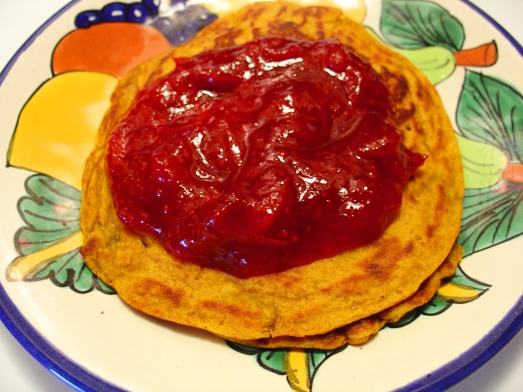Isa, the vegan goddess of The Post Punk Kitchen, decided to hold a competition a la the television program Chopped. (I had to look up the show on Hulu to see what it was. I watched an episode. I rooted for the underdog and he won.) Isa listed four ingredients and the direction to make some sort of entree, taking no more than 40 minutes to prepare, using those four ingredients.
The ingredients for this project are:
- Black Berries
- Fresh Mint
- Black-Eyed Peas
- Bittersweet Chocolate
I waffled back and forth about whether or not to try making something, but I drove past the grocery store yesterday and figured; why not?
So, here we have the first recipe that I “invented” all on my own. I’ve modified many recipes, but they were always heavily based on the recipe as written. This was pretty much all me.
When I hear “chocolate” and “entree,” pretty much all I can think of is a chocolate mole. I still remember the first time I had a real chocolate mole sauce. It was in Mexico, in the southern state of Yucatán. I was living there at the time, and my host mom enjoyed preparing “comida típica” for me to eat, typical Yucatecan food. Mole is most popular around the state of Oaxaca, I believe, but also eaten all throughout Mexico. It was sweet and smooth and complex. I really had no idea what was in it. One day my host mom tried explaining to me what was in the mole: seeds, nuts, spices, chiles, dried fruit, and I don’t know what else. It sounded so complicated and difficult to make, so instead of trying to understand, I just ate spoonfuls of wonderful Yucatecan mole over rice. I had a lot of favorite meals in Yucatán, but mole was definitely one of them.
So, mole is what I decided to make. But, not just any mole, blackberry mole. I was debating whether to make seitan to drown in the mole, but decided that the black-eyed peas would be enough. Instead of making the typical rice to go with the mole, I chose to mix it up and make quinoa. That left me with the mint… Cilantro lime rice is good. And cilantro is sort of a little bit kind of like mint (they’re both green herbs, at least). So, I decided to give mint lime quinoa a try.
Blackberry Mole with Mint Lime Quinoa
Ingredients (Mint Lime Quinoa):
- 1 cup quinoa
- 1 cup water
- 1/4 scant cup mint leaves (finely chopped)
- juice of 1 lime

Ingredients for Mint Lime Quinoa
(Yes, I know there are two limes here even though I said to use only one. Save the other for later.
Or maybe squeeze it to make yourself a nice refreshing limeade.)
Rinse the quinoa. Put it into a pot with water and mint leaves. Bring the quinoa to a boil. Then, put the lid on the pot and turn the temperature down to a low simmer. Simmer for 25 minutes. Turn the burner off but let the pot sit with the lid on for 10 more minutes. When the quinoa is done, fluff it around and mix in the lime juice. Set aside until read to eat.
(It always amazes me that it’s cheaper to buy a whole plant, than just to buy a small container of herbs. So, now I have a whole mint plant. Who know what minty things I will make next!)
Ingredients (Blackberry Mole):
- 3 tablespoons chopped almond
- 3 tablespoons pepitas
- 2 tablespoons sesame seeds
- 1/2 teaspoon cinnamon
- 1/2 teaspoon cumin
- 1/4 teaspoon ground cloves
- 6 tortilla chips
- 1/2 diced onion
- 2 cloves minced garlic
- 1 minced jalepeño (seeded)
- 2 chopped dates
- 2/3 cup blackberries (divided)
- 1 cup diced tomatos
- 1 cup vegetable broth
- 1 can black-eyed peas
- 1/4 cup plus 2 heaping tablespoons bittersweet chocolate chips
While the quinoa is simmering quietly on the stove, start working on the delicious blackberry mole sauce.
Toast the almonds, sesame seeds, and pepitas on the stove for a few minutes, until they begin to to turn golden. (Be careful – the pepitas might start popping!)
After they are toasted, toss the almonds, sesame seeds, pepitas, spices, and tortilla chips into a food processor (or Magic Bullet). Blend until they are crumbs.
(I probably should have blended a bit longer, making it a bit more powdery.)
While the nuts and seeds are toasting (or after), sauté the onions and garlic in one tablespoon of olive oil for about 5 minutes over medium heat. Then, add the jalapeños, dates, and 1/3 cup of blackberries. Sauté for about 4 or 5 more minutes.
Pour the blended mixture of almonds, seeds, spices, and tortilla chips into the pan. Stir for about a minute, to coat.
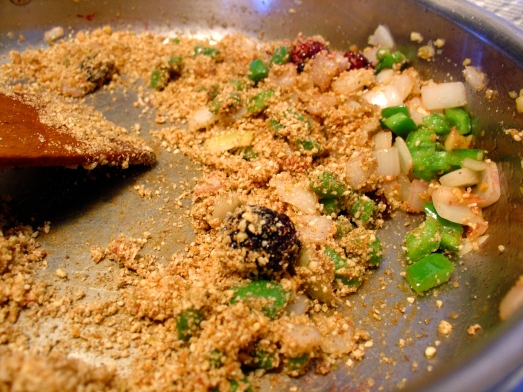
Sauteed onion, garlic, jalapeño, and dates, with the powdered dry ingredients.
This is when I really started to get worried. What was I doing?!
Pour the vegetable broth and the diced tomatoes into the pan and stir. Simmer for about 10 minutes.

Wet ingredients added to the sauteed and dry ingredients.
And more worry. This certainly doesn’t look like mole as I remember it…
Blend the mixture into a smooth paste. If you have an immersion blender, I suppose you could use that. If you have a food processor, you could use that, but it might take a while. I gave up with my food processor after a while and went to my beloved Magic Bullet. (That machine can pulverize anything!)
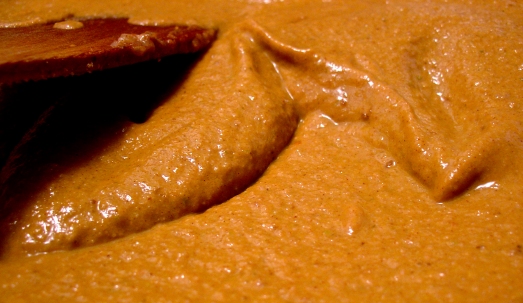
Mole post-blending.
Ahh… After pulverizing everything, it was starting to look a bit like the mole I remembered.
Finally, I had smooth, smooth almost-mole sauce.
Pour the sauce back into the pan and put back over low heat. Drain and rinse the black-eyed peas and add them to the sauce until everything is warmed up. Lower the heat to very very low and stir in the semisweet chocolate and remaining 1/3 cup of quartered blackberries until the chocolate is completely incorporated.
Serve the delicious blackberry chocolate mole over the mint lime quinoa. Breath in the heavenly sent of chocolate and spices. Enjoy.
Get seconds, and enjoy again.
So, there you have it. My first independent recipe. And it actually worked! The blackberry mole tasted like mole! And the blackberry mole went oddly well with the mint lime quinoa. Success!!

